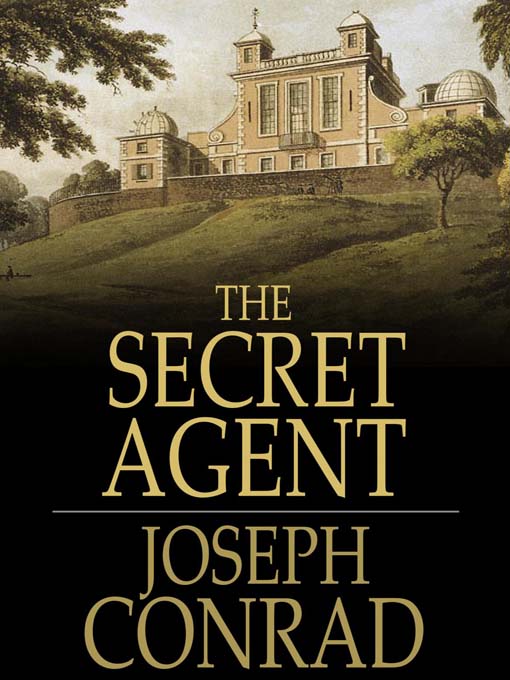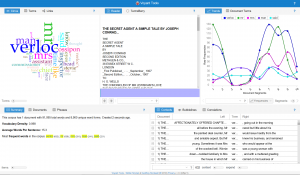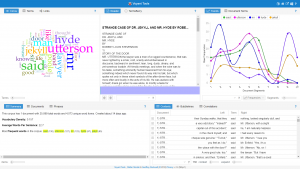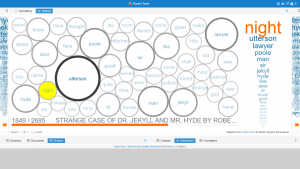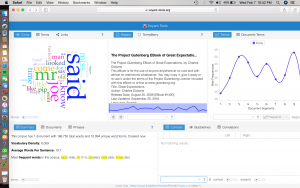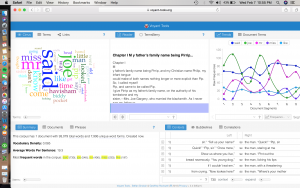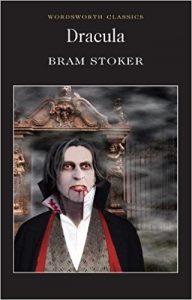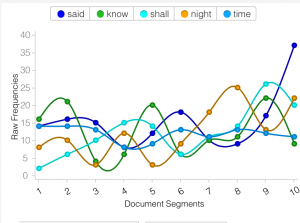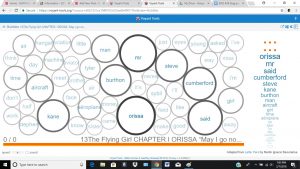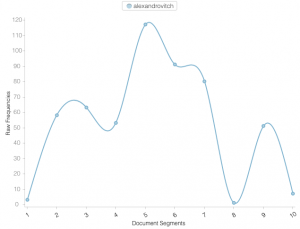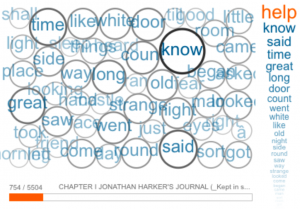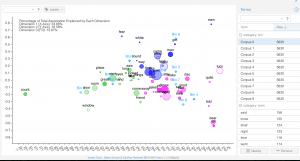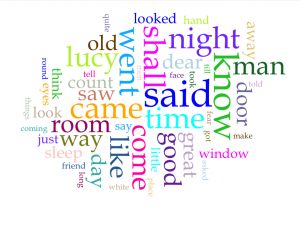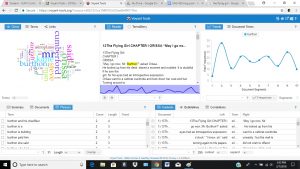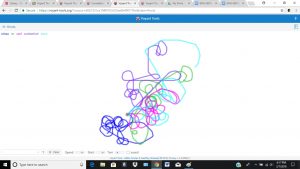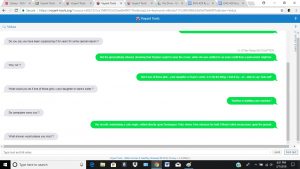For this assignment, I used Voyant Tools to look at the The Land that Time Forgot by Edgar Rice Burroughs. The book was listed in the Sci-fi genre so I guessed it would include a lot of talk about “space” and “time”, perhaps “journey,” or “adventure” along with a protagonist, an antagonist, and maybe a love interest.
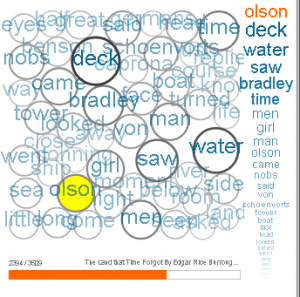
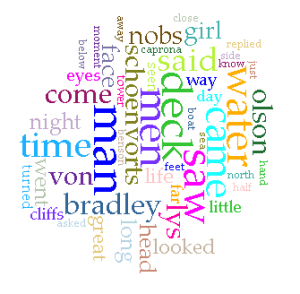
To my surprise, many of the words involved parts of a ship and water. This was an oceanic adventure, not a sci-fi book. I am not sure whether the names that are high up on the list are protagonists or not, but it can be assumed that characters and their relationships with each other are at least of equal importance as the journey itself, just judging by the contents of the word cloud. I was also correct in my guess of the word “time.” Many stories in the sci-fi genre relate to the study of time, and the book itself had “time” in the title making it a safe word to guess.
The benefits of these tools seem clear to me. Users can gain a broad understanding of the subjects of a given work or works, and guess at themes or symbols within. This technology could have many applications in history and the humanities in analyzing the popularity of certain words, and interpreting this analysis to prove a point.
The limitations are that without reading the books themselves, the amount of information that can be gathered about it is limited. This tool seems the most useful when studying a large amount of data that cannot be read easily, such as archival documents, or receipts in order to find patterns in word usage, but as far as textual analysis goes, it leaves much to be desired.
Ultimately this is still a relatively new technology and all the applications have yet to be explored. Still it provides a template and a useful tool to poke around with and create new and varied elements of analysis.
Zeke Johnson

